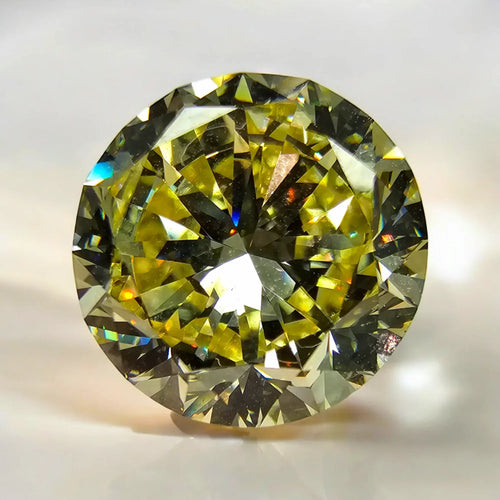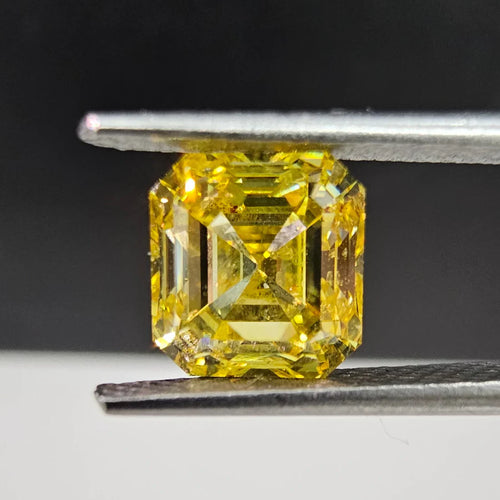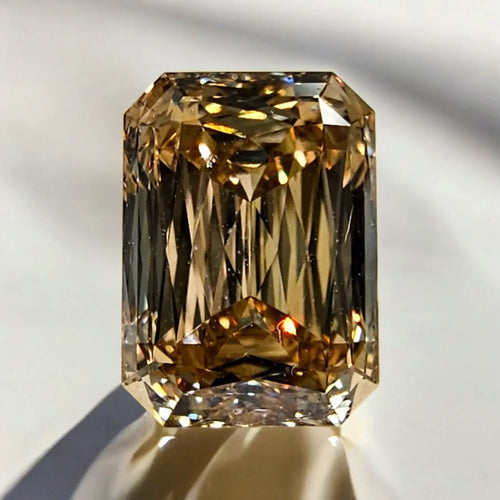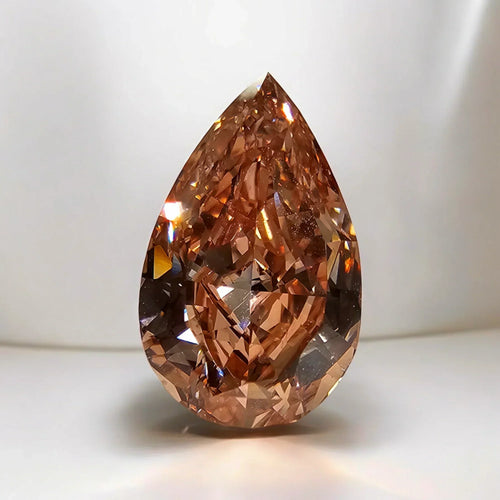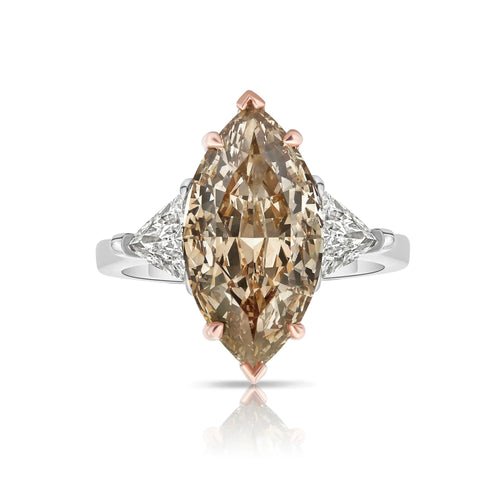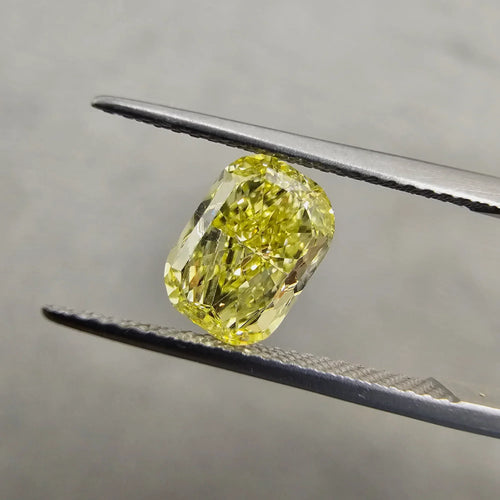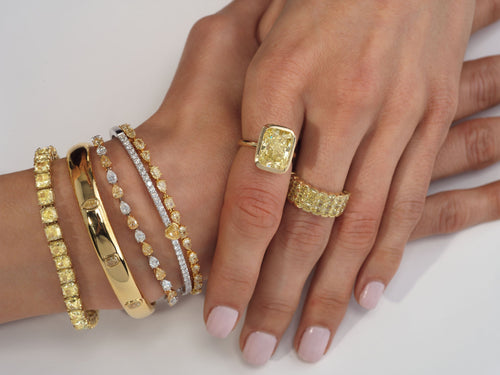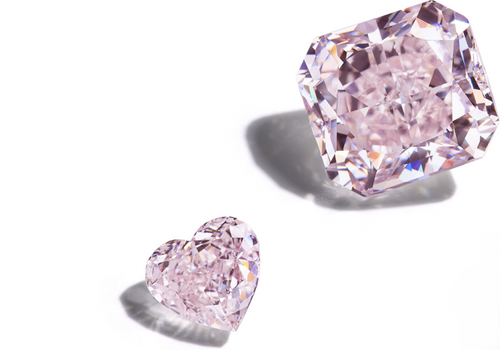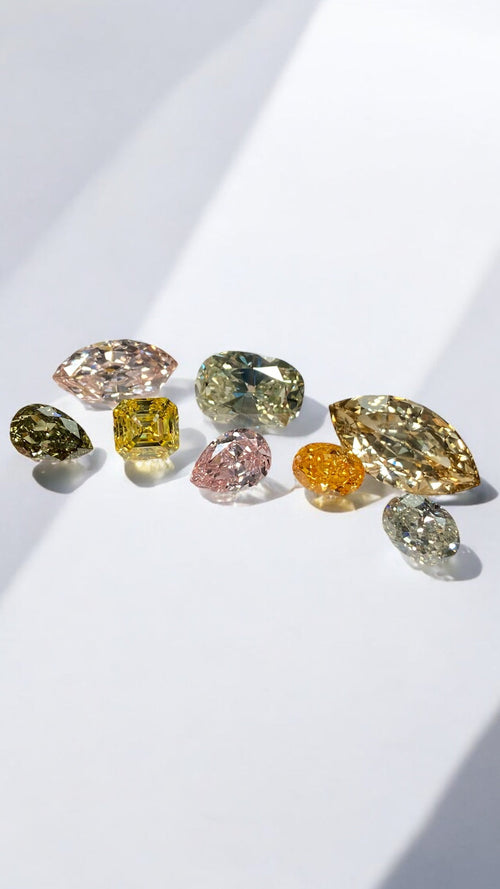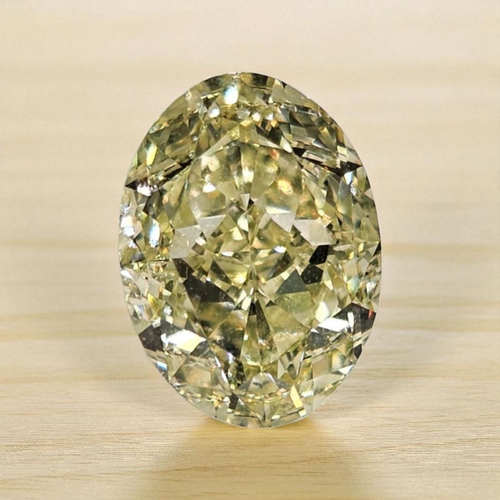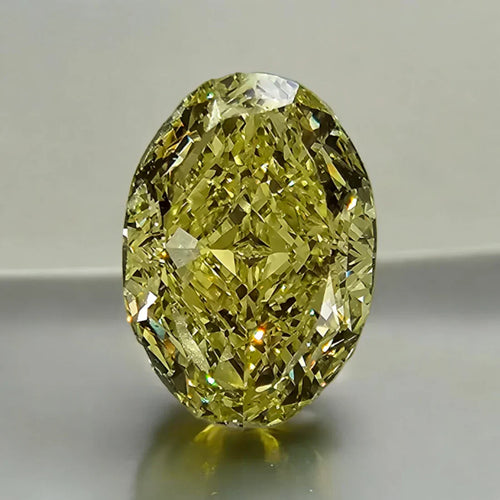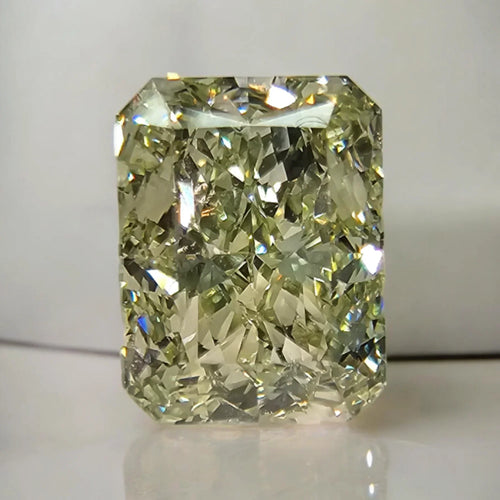Let's Design your Custom Ring. Call us at (212) 522 9918
Apart from the "4 C's" of a diamond's evaluation (carat weight, color, clarity and cut), we also pay significant attention to many other factors including a diamond's brilliance and luster, which cannot be seen on a GIA report alone. However you can get a decent picture.
Some Things to consider when looking at a GIA report -
- Measurements -They provide valuable information about the diamond's size and appearance compared to other diamonds of the same weight. This is often overlooked (and very underrated!).
- Fluorescence - This refers to the level of radiation in a diamond. In many cases, medium and strong fluorescence can interfere with the shine and brilliance of diamond, although there are exceptions.
- Polish & Symmetry - Ideally a diamond should have very good or excellent polish and symmetry. This means that the diamond is cut to the highest standards of the GIA, used primarily for white diamond. . However many expert diamond cutters believe it is not as relevant to to fancy colored diamonds, which should be cut differently than white diamonds.
- Clarity Plotting Diagram- This refers to the drawn diagram that indicates the location, size and appearance of any inclusions when magnified. We generally recommend avoiding diamonds with inclusions that are large, black and close to the center of the diamond.
- Clarity Comments - This refers to kind of inclusions. Crystals are typically black and feathers are typically white.
While a GIA certificate can provide a wealth of information, it is important to remember that there is always more to learn. Thus, we strongly recommend contacting us or a trustworthy and knowledgeable jeweler for further insights.


